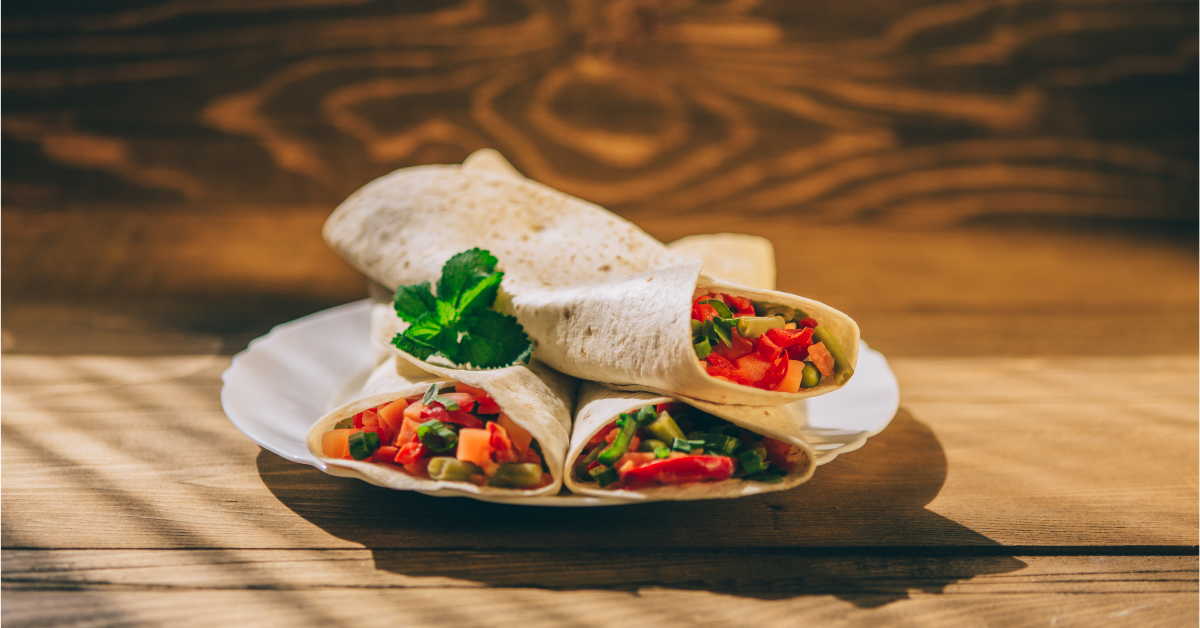
Diabetic Diet - a commonly used term with vague descriptions. Veronica Brady, CDE is here to help you understand how to balance eating with diabetes.
Focus on Food, pt. 1
As we previously discussed, there are some “F” words that come to mind when you think about the diagnosis of type 2 diabetes. The one we will focus on at this time is “Food”. Food is one of those things that can make or break us. All of us have a love/hate relationship with it at some point in our lives. Throughout your journey with diabetes you will hear over and over, “eat this...don’t eat that...that’s bad for you...”, etc. The food police will be everywhere. But how do you decide what is best for you?
In future articles, I will get into some controversial foods, such as bread, fruit, potatoes, red meat, etc. in particular. But first, let’s talk food in general.
The Alleged ADA Diet
Years ago you would have been told to follow an “ADA diet”. The truth of the matter is there is no ADA diet. Currently, the ADA (American Diabetes Association) is recommending a personalized/individualized meal plan. What does that mean? It means that people need to eat the foods appropriate for their metabolic goals.
When we think about food, we think about nutrients by which we gain the energy needed to complete our everyday tasks. When we overeat the consequence will be weight gain and high blood sugar. Therefore, we have to consider that the amount of food that we eat and the energy that we burn must be balanced to keep our weight and blood sugars stable.
Finding a Balance
Let’s talk about food, nutrients and energy, and how to achieve balance.
Over the years we have learned to calculate the number of calories needed per day by multiplying weight by 10 for women and 11 for men (i.e. weight 200 lbs x 10 = 2000 calories/day with 800 of those calories from carbohydrates to maintain current weight). Also, in order to lose weight, there needs to be a 500 calorie deficit each day. Most dieticians recommend 45-60 grams of carbs for meals and 15-30 grams of carbs for snacks with the recommendation of 3 meals and 2 snacks per day. Reduce total carbs per day by 125 grams if weight loss is one of your metabolic goals.
When formulating a dietary plan emphasis needs to be placed on non-starchy vegetables, fruits and whole grains, while minimizing the intake of refined grains, processed foods and added sugars. It is also important to limit the intake of sugar-sweetened beverages. Foods high in saturated fats should be replaced with unsaturated fat.
Getting Started
So, where does one start? The best way to tackle food is to create a meal plan much like what is done by bodybuilders and weight loss programs. A sample plan would look something like this:
Breakfast: a protein, a fruit, and 1 carb serving
Lunch: a protein, 2-3 non-starchy veggies, 2 carb servings, a fruit
Snack: fruit and protein or non-starchy veggies
Dinner: a protein, 2-3 non-starchy veggies, a starch (carb)
Snack: fruit
What do I mean by protein, carb, fruit, etc.? Are there some things that you should stay away from? Can you eat more of one thing than another as long as you stay within your calorie count? Over the next few articles, we will explore these things.
Be well!

